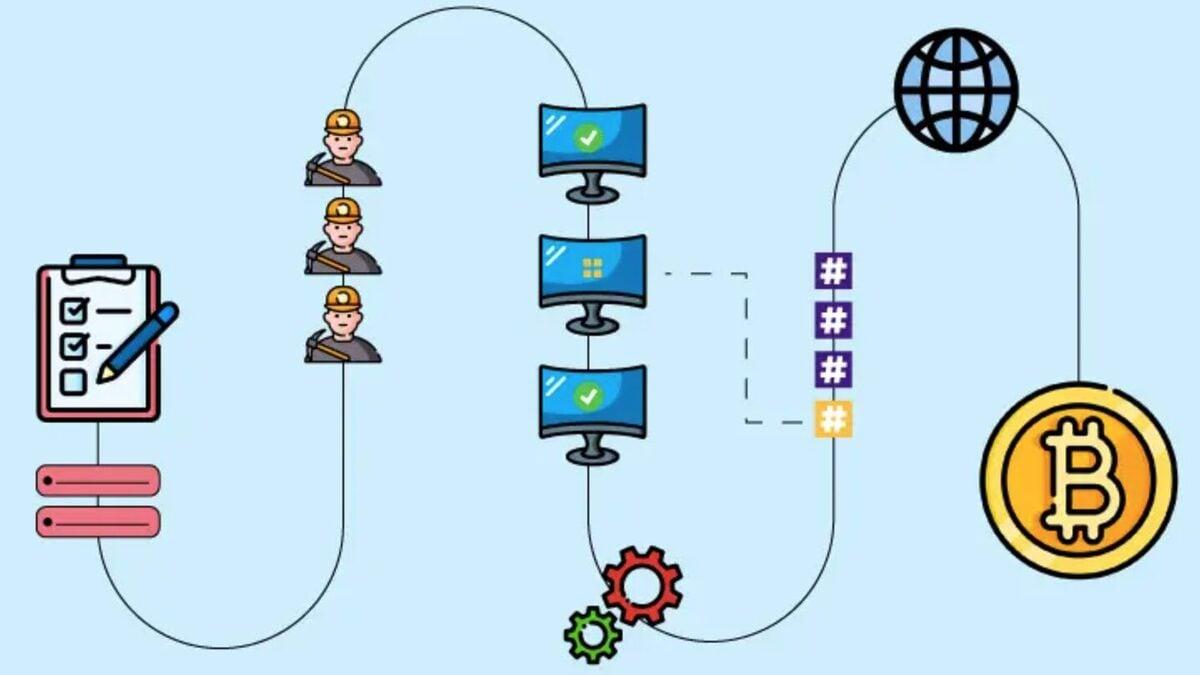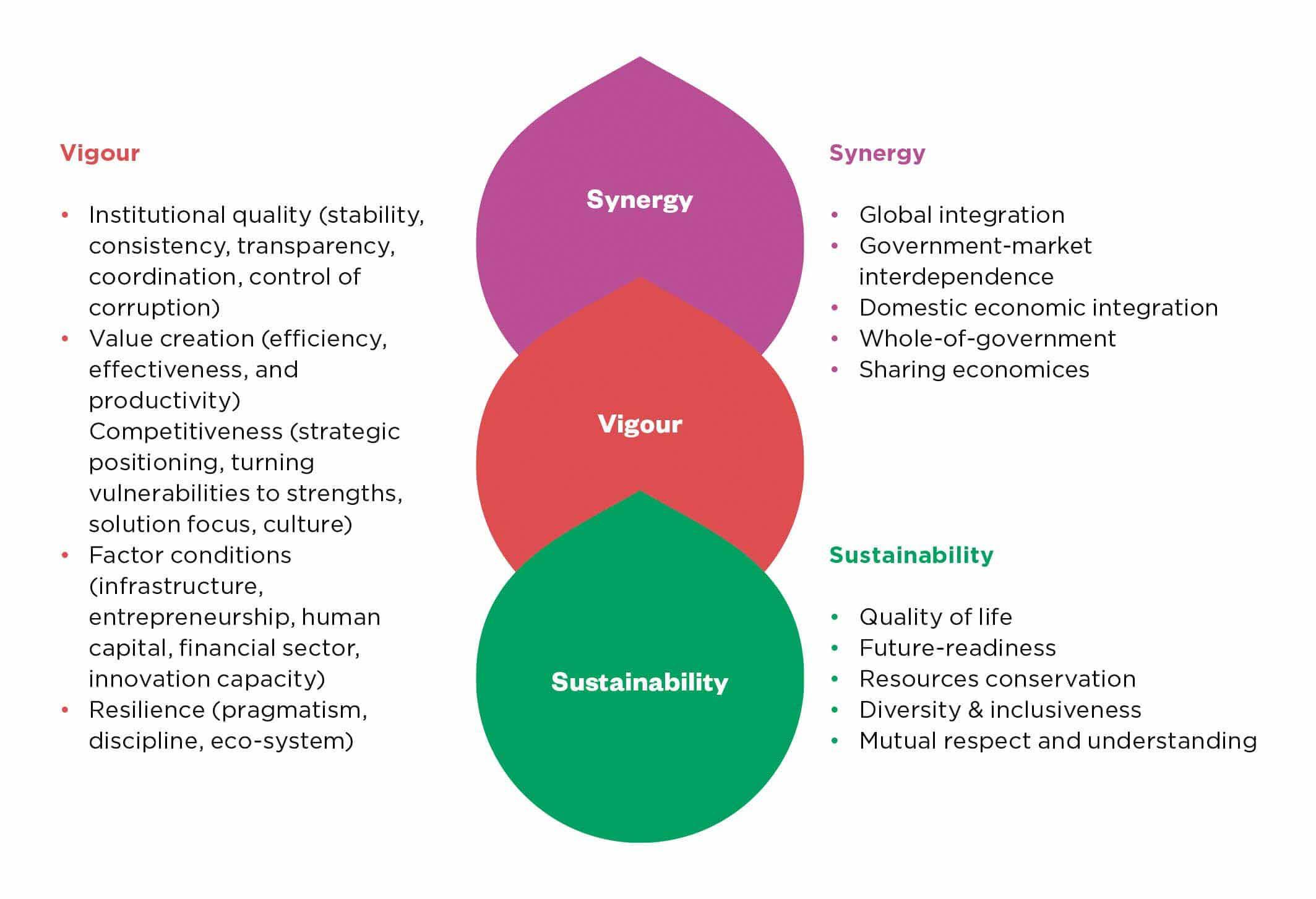In an era where digital trust is paramount and the demand for transparency is ever-growing, blockchain technology stands at the forefront of innovation. Often hailed as a revolutionary breakthrough, the most captivating aspect of blockchain is its consensus mechanism—the intricate dance that enables a decentralized network to agree on the state of its shared data. As we embark on a journey to unlock the future of this technology, we will delve deep into the various consensus algorithms that power cryptocurrencies, smart contracts, and beyond. From Proof of Work to Proof of Stake and emerging mechanisms yet to be fully realized, each has its own set of principles, advantages, and challenges. Join us as we explore how these modalities not only underpin the security and integrity of decentralized systems but also shape the landscape of industries ranging from finance to supply chain management. The future of blockchain is not just about technology; it’s about forging a new paradigm of trust in a digital age.
Exploring the Foundations of Blockchain Consensus Mechanisms
At the heart of every blockchain lies a consensus mechanism, a set of protocols that ensures all participants agree on the current state of the shared ledger. Various approaches have emerged to tackle the challenges of decentralization, security, and scalability. Among them, Proof of Work (PoW) and Proof of Stake (PoS) are perhaps the most recognized. PoW relies on complex cryptographic puzzles solved by miners, which requires substantial energy and computational resources, making it robust yet less eco-friendly. Conversely, PoS shifts the focus to validators who are chosen based on the number of coins they hold and are willing to “stake,” promoting sustainability while offering a potential solution to scalability issues.
Other innovative mechanisms have also entered the arena, aiming to enhance efficiency and democratize participation. Delegated Proof of Stake (DPoS) introduces a voting system where stakeholders elect a small number of delegates to validate transactions, increasing speed and reducing power consumption. Meanwhile, Proof of Authority (PoA) utilizes trusted nodes to maintain the network’s integrity, offering a streamlined yet less decentralized approach. Understanding these foundational elements not only demystifies how blockchains operate but also sheds light on their potential to disrupt various industries by promoting transparency, security, and trust.

Comparing Proof Models: The Pros and Cons of Proof of Work and Proof of Stake
When evaluating the effectiveness of blockchain consensus mechanisms, Proof of Work (PoW) and Proof of Stake (PoS) present distinct advantages and drawbacks. PoW, widely recognized for its robustness, relies on complex mathematical problems that miners solve to validate transactions. This approach promotes security, ensuring that network participants must invest significant computational resources and energy. However, the environmental impact and rising operational costs associated with PoW can be considerable, raising sustainability concerns. Additionally, the centralized aspects of mining pools can lead to inequalities where a small number of entities hold substantial power over the network.
In contrast, PoS introduces a more energy-efficient alternative, where validators are chosen to create new blocks based on the number of coins they hold and are willing to “stake” as collateral. This mechanism significantly reduces energy consumption and enhances scalability, allowing more participants to engage with the network. Yet, PoS isn’t without its challenges; potential risks of wealth concentration could emerge, as those with larger stakes have a greater influence over the validation process. Moreover, the transition from PoW to PoS can be complex, requiring careful management to maintain decentralization and security across the network.

The Role of New Consensus Innovations in Enhancing Scalability and Security
The landscape of blockchain technology is rapidly evolving, and new consensus innovations are at the forefront of this transformation. These advancements are designed to tackle the persistent challenges of scalability and security, which have long hindered the widespread adoption of decentralized systems. By incorporating techniques such as sharding, proof-of-stake, and delegated proof-of-stake, modern consensus mechanisms can significantly enhance throughput and reduce transaction times. This not only allows for a higher volume of transactions but also bolsters security by decentralizing control, thus minimizing the risks associated with single points of failure.
Furthermore, robust new consensus models employ dynamic adjustments to maintain the health of the network. Some of the methods include:
- Adaptive Block Sizes: Allowing block sizes to change according to network demand.
- Hybrid Consensus Approaches: Combining characteristics of various consensus types for optimized performance.
- Incentive Structures: Encouraging nodes to participate honestly, thus enhancing overall network integrity.
the innovative frameworks emerging in the realm of blockchain consensus pave the way for an environment where efficiency and security coalesce. Through strategic implementations and revolutionary techniques, the future of blockchain is shaping up to be more resilient and responsive than ever before.

Practical Guidelines for Implementing Blockchain Consensus in Emerging Projects
When embarking on the implementation of blockchain consensus mechanisms within emerging projects, it is crucial to prioritize clarity and adaptability. Start by understanding the specific requirements of your project, as various consensus algorithms—ranging from Proof of Work (PoW) to Practical Byzantine Fault Tolerance (PBFT)—serve different purposes and use cases. It’s pivotal to assess factors such as scalability, security, and energy efficiency. To facilitate effective decision-making, consider organizing workshops or brainstorming sessions with key stakeholders to discuss these elements in detail. This collaborative environment can foster innovative solutions and ensure that everyone is aligned on the project’s goals.
Next, establish a testing and validation framework to simulate real-world conditions, allowing the team to gauge the effectiveness of the chosen consensus mechanism. Incorporate tools and platforms that enable easy tracking of performance metrics, such as transaction speed, resource consumption, and fault tolerance capabilities. Furthermore, engage in continuous education about evolving trends and technologies in the blockchain space. Equip your team with resources, such as online courses and workshops, to stay ahead of the curve. Here’s a simplified table outlining key consensus algorithms and their characteristics:
| Consensus Algorithm | Security | Scalability | Energy Efficiency |
|---|---|---|---|
| Proof of Work (PoW) | High | Low | Low |
| Proof of Stake (PoS) | Medium | High | High |
| Delegated Proof of Stake (DPoS) | Medium | Very High | High |
| Practical Byzantine Fault Tolerance (PBFT) | Very High | Medium | Medium |
In Summary
As we close the chapter on our exploration of blockchain consensus, it becomes evident that this intricate mechanism is more than just code; it is the backbone of trust and transparency in the digital age. Each consensus model, from Proof of Work to Proof of Stake and beyond, represents a unique philosophy, addressing the challenges of decentralization in its own way.
The future beckons with exciting possibilities — scalability solutions, novel consensus mechanisms, and the potential to redefine industries. As we stand on the brink of mainstream adoption, the dialogues we engage in today will shape the landscape of tomorrow.
In navigating the intricacies of blockchain consensus, we not only unlock the technology’s potential but also deepen our understanding of the values that drive our digital interactions. Let this be an invitation to continue the conversation, push the boundaries of innovation, and harness the collective power of this transformative technology. The journey has only just begun, and your role in it is vital. Together, let’s pave the way to a future where trust is inherent, ownership is universal, and every transaction speaks to the integrity of a decentralized world.



